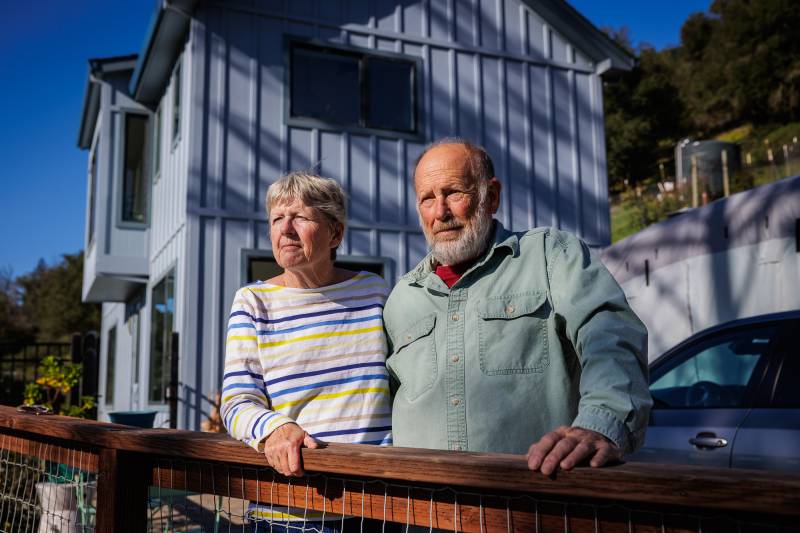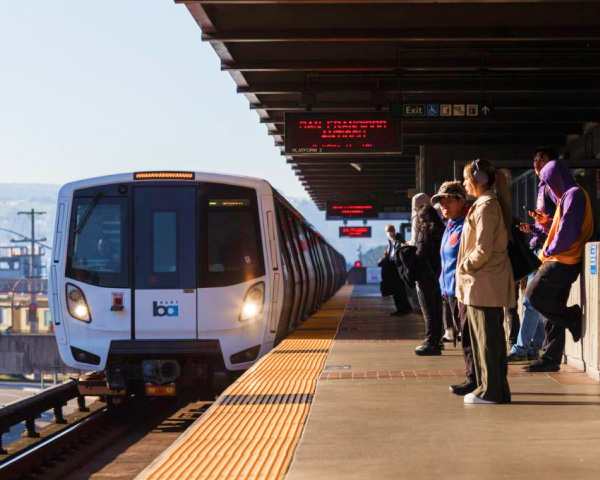Listen to this episode on Apple Podcasts, Spotify, or wherever you get your podcasts. This is the second in a special series, check out the first installment here, and second installment here.
Cathy Crowley and her husband Paul Amlin’s Santa Rosa home wouldn’t stand out to passersby. The light blue house is a single story, with just one bedroom.
But inside, it has some pretty remarkable features: It’s all-electric, producing zero planet-warming gases. There’s a heat pump and electric coil backup, 20 solar panels on the roof, a backup battery, an induction stove and an electric washer and dryer.
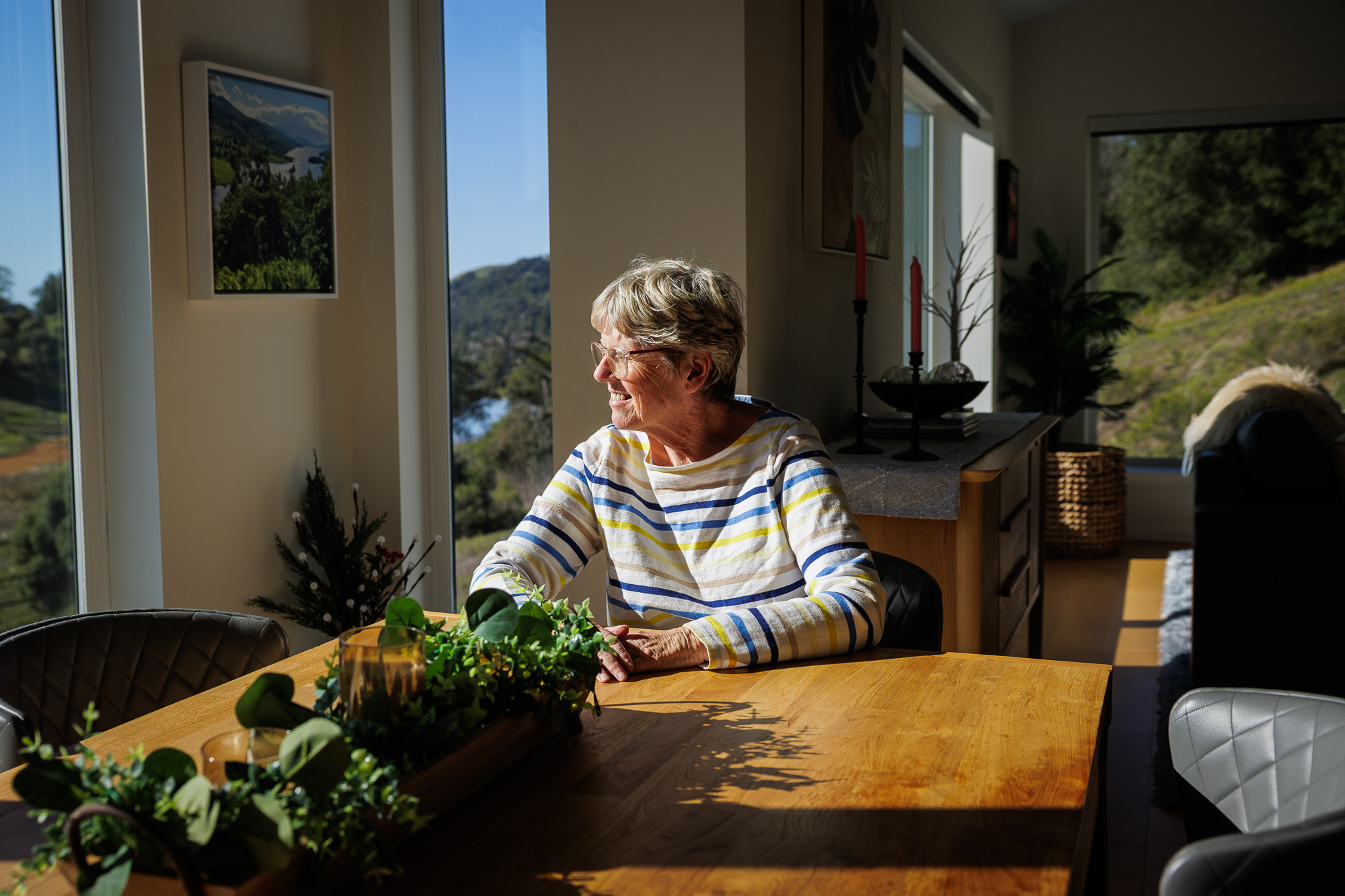

The reason their home is so state-of-the-art is that their old house burned down in the 2017 Tubbs Fire. When it came time to rebuild, they had to make a lot of choices, among them: gas or electric?
“In the end, we’re really happy we made the choice we made,” Crowley said, with Amlin adding, “I think everything about the house being all electric worked out.”
This choice of how to rebuild is one that survivors of this year’s fires in Los Angeles will soon be making. Going electric is one of the best ways for homeowners to reduce the kinds of emissions that increase global warming. But it comes with challenges.
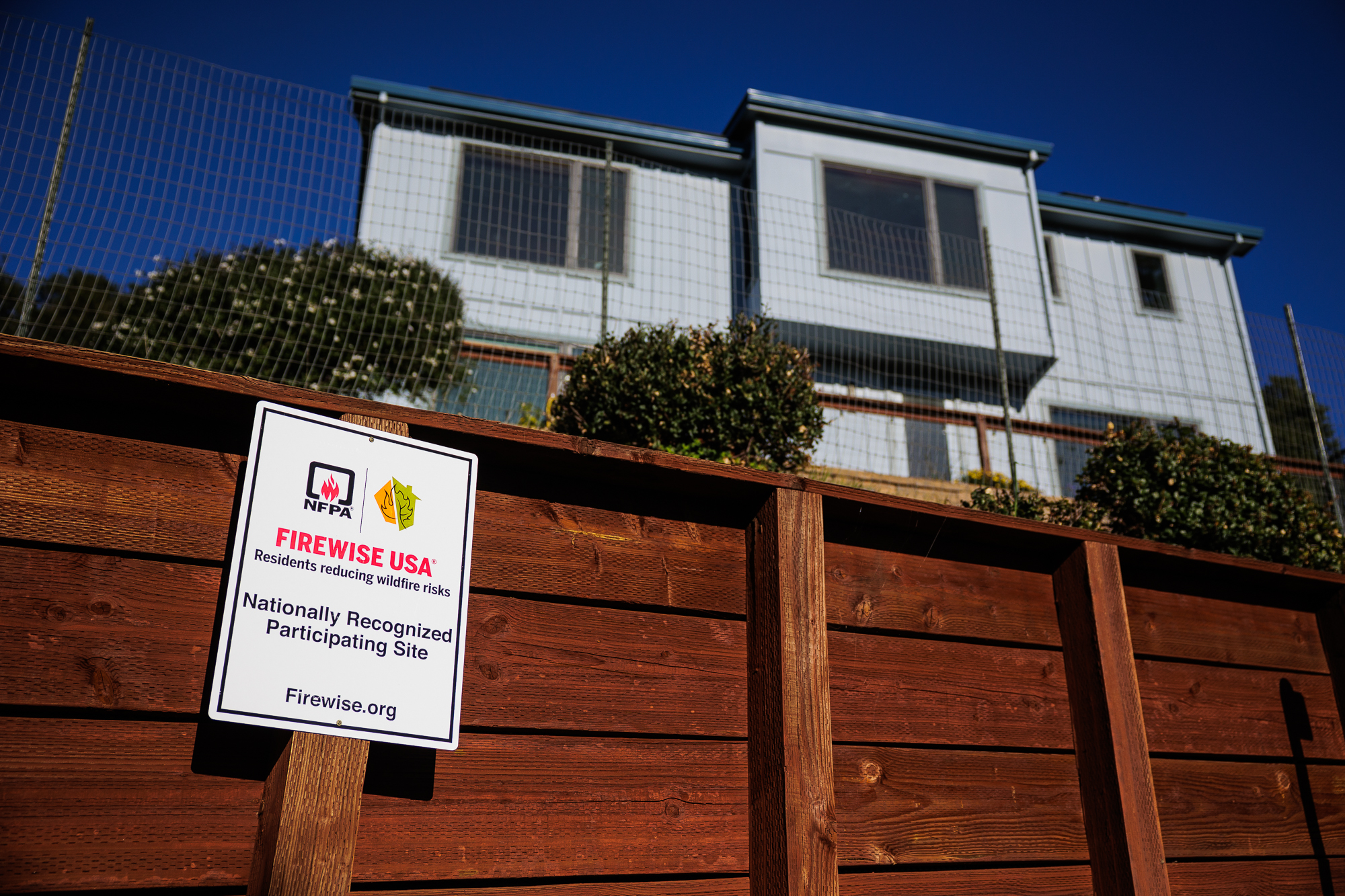
Climate reporter Laura Klivans joins host Erin Baldassari for the third installment of a special series from KQED’s podcast, SOLD OUT: Rethinking Housing in America. Klivans details experiments in both Santa Rosa and Oakland, where residents made the choice to ditch gas appliances.
Building back electric
When it came time to rebuild, Crowley and Amlin’s power provider, Sonoma Clean Power, offered them incentives to switch from gas to electric in keeping with state environmental goals to build more electric-ready homes. Going electric allows the couple to rely on solar energy, as well as California’s power grid, which gets more than half of its electricity from nuclear, hydropower and renewables. But it’s also more cost-efficient to use a single electric system since replacing a natural gas infrastructure can cost millions per mile.
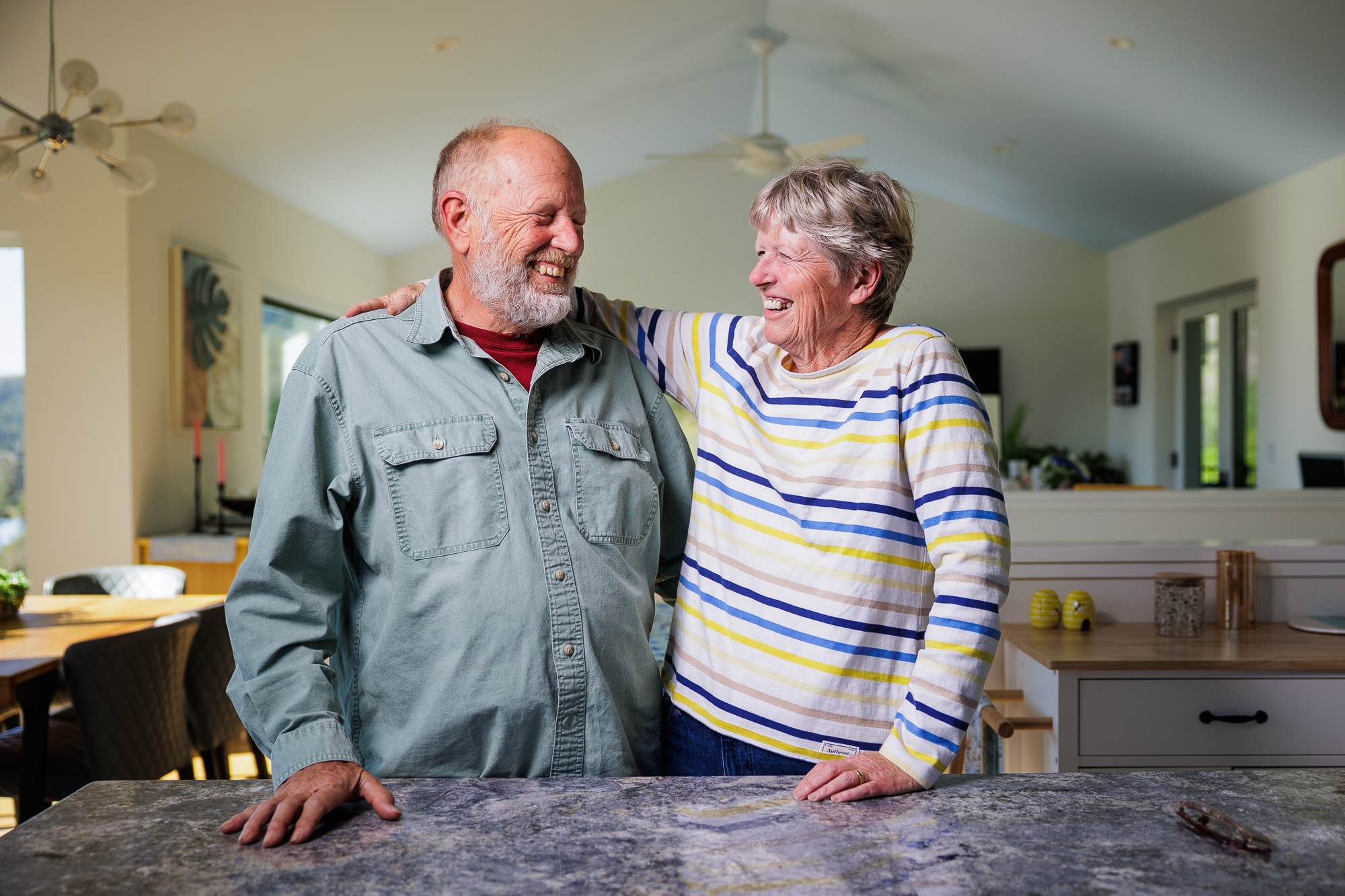
EcoBlock part 2: Electric boogaloo
Going electric is easier when the buildings are constructed from scratch. It’s much more difficult to implement a new electric system in homes originally designed for gas. However, that was the problem researchers at UC Berkeley set out to solve when they designed EcoBlock: a partnership between academics, professionals, government, utilities, private donors and residents. As part of the program, residents of a quiet East Oakland street are receiving free insulation upgrades, electric appliances and solar panels to cut emissions and improve their quality of life. Klivans shared their story in the last season of Sold Out. With those upgrades now mostly complete, Klivans checks in with residents to see how they’re adjusting to all the changes on their block.
